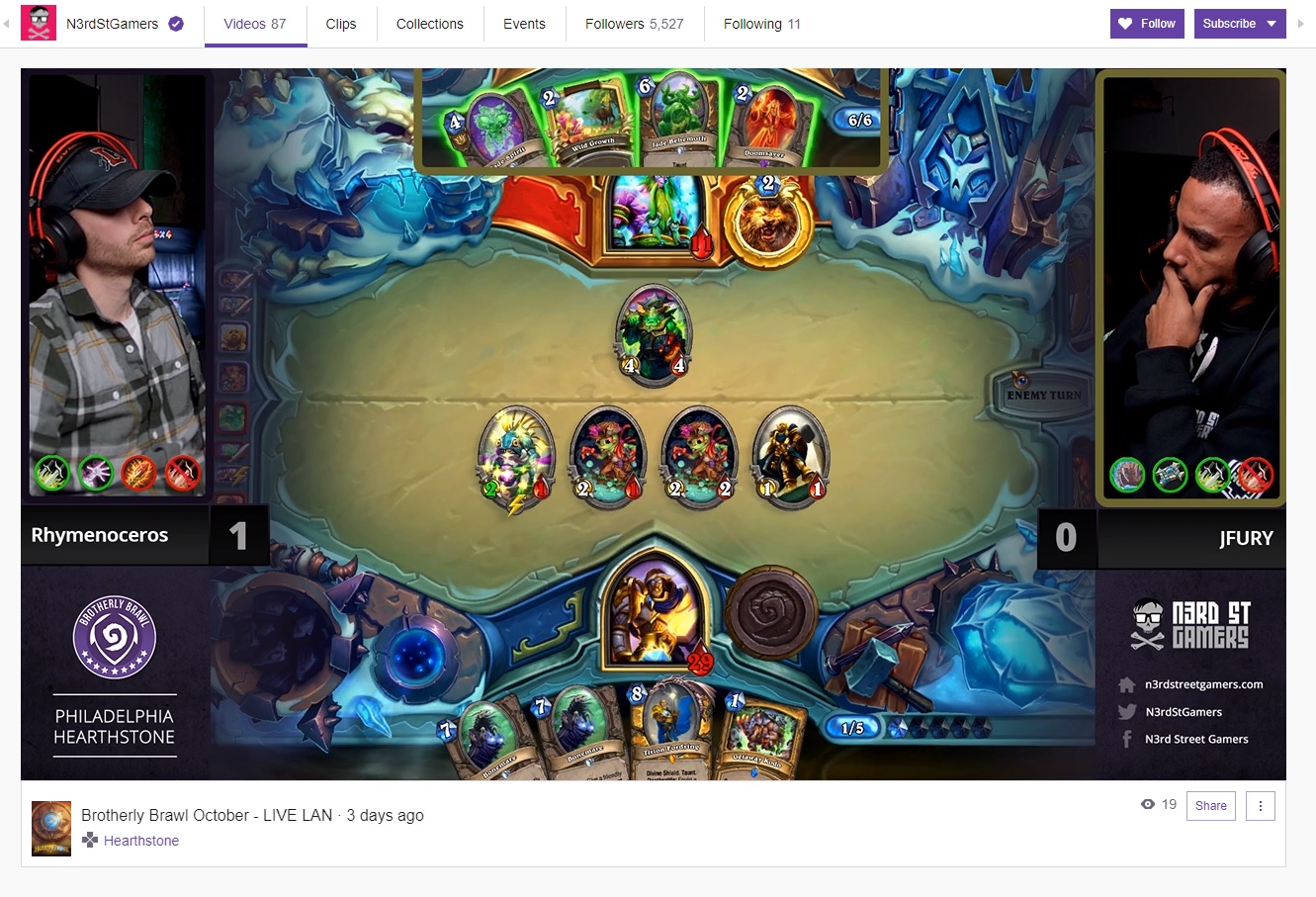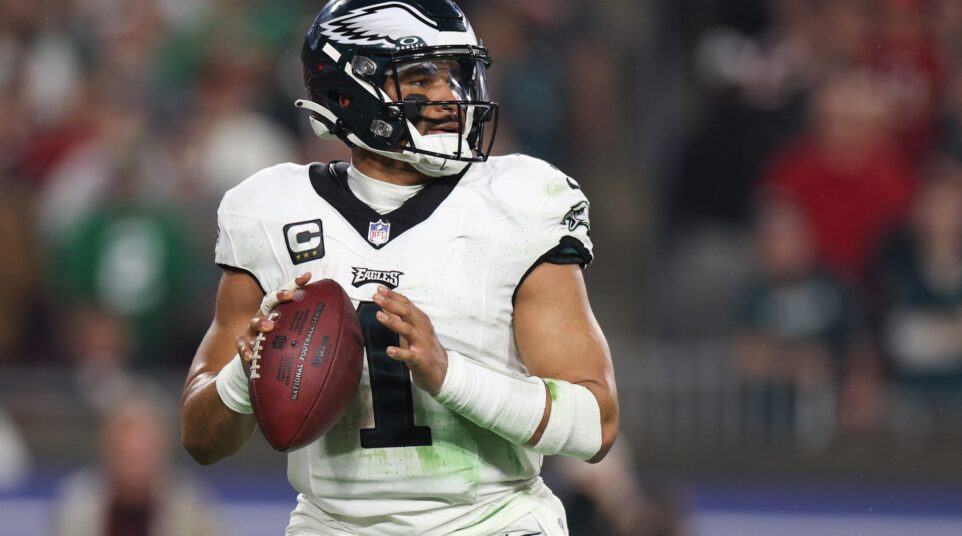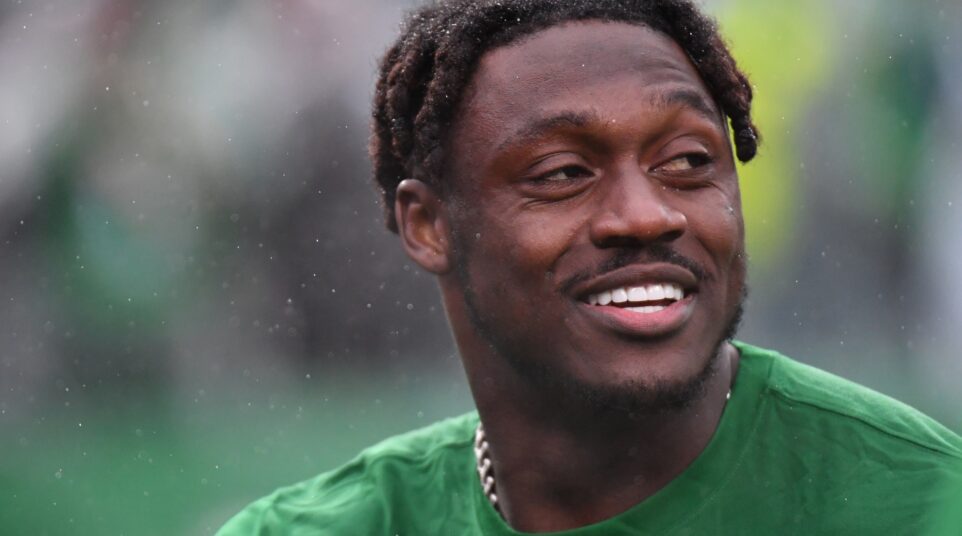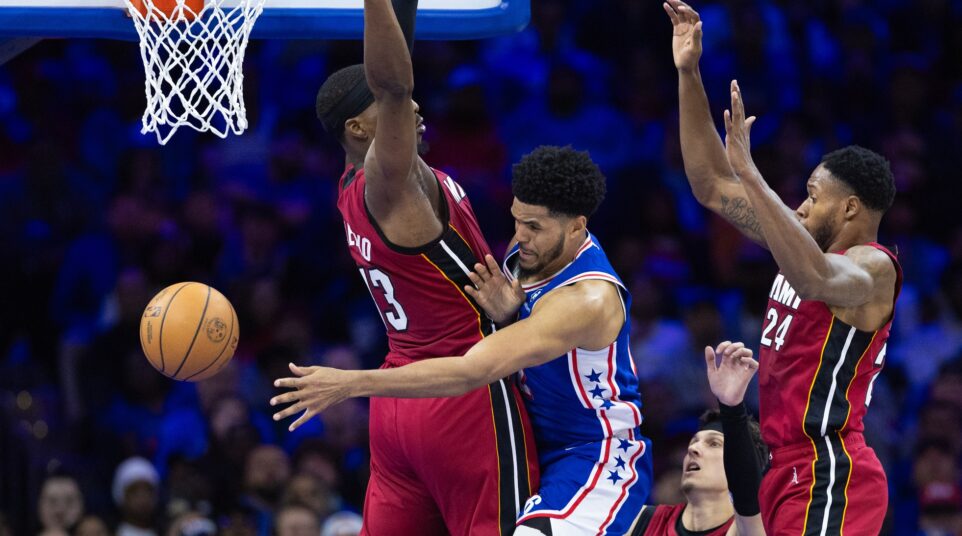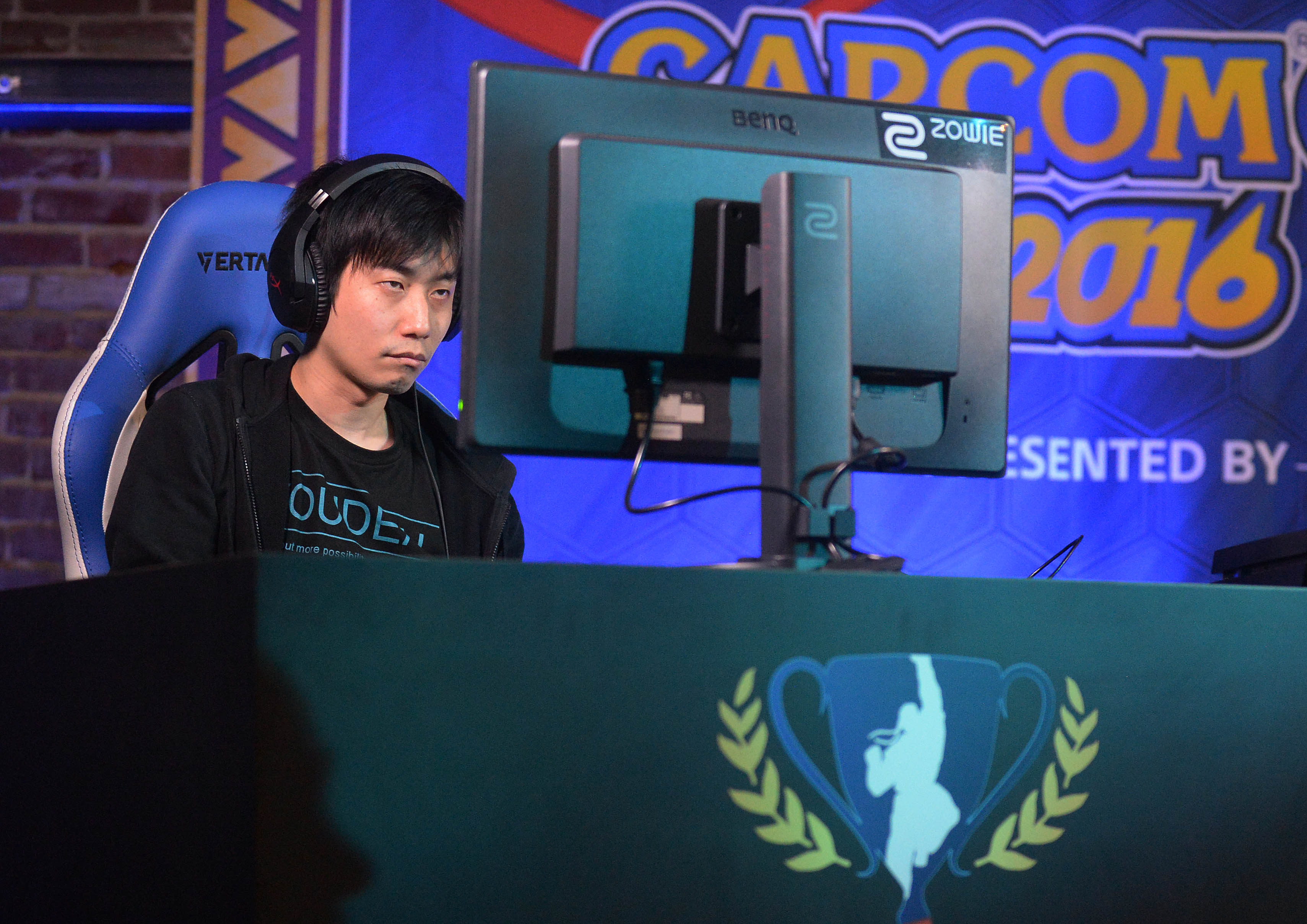
Does Anyone in Philadelphia Care About eSports?
Too bad eSports wasn’t a thing back in 1995.
I would have been Contra world champion.
Full run, no deaths, no up/up/down/down/left/right/left/right/B/A cheat code. None of that.
Some friends and I used to be in the “National Honor Society” at Boyertown Senior High back in the day. We had a private room where we were supposed to tutor students who needed homework help. I don’t remember doing much tutoring, but we definitely had a Playstation, SNES, and Nintendo 64 hooked up in that closet. Super Mario Kart was played before home room, Twisted Metal 2 was reserved for fourth-period study hall, and I dropped Calculus to free up 8th period for Tekken 3. My asshole friend Jon used to play as Eddy Gordo and button mash.
Video games were just a hobby back then. You played with your friends for fun. We didn’t wear head sets or use microphones or get demolished by organized teams from South Korea. We definitely didn’t watch other people play.
That’s why the eSports thing is fascinating. Comcast Spectacor announced this month that they’re launching a franchise called the “Philadelphia Fusion,” which will share colors with the Flyers and begin playing in the Overwatch League in December. According to a Bloomberg story, Comcast paid a $20 million franchise fee to join the league. Crazy, right?
For comparison, the Philadelphia Union paid a $25m franchise fee to join Major League Soccer back in 2008. That fee is now up to $150 million for new clubs, so if MLS is growing at that rate, I wonder what an eSports franchise fee might look like ten years from now.
You already know about Team Dignitas, which Josh Harris and David Blitzer purchased last year. Additionally, when the Sixers opened their “Innovation Lab” in the spring, one of the four companies selected for the incubation project was a start-up named “U GIT GOOD” that helps you improve your League of Legends skills.
Individualized training for gamers? That makes me feel old and out of touch, like Clint Eastwood in Gran Torino.
“Son, when I was your age, I played Diablo 2 on dial-up internet!”
But speaking of League of Legends, 43 million people watched last year’s World Championships, up from 36 million in 2015 and 27 million in 2014. That’s more than 60% viewership growth in just two years. The contest was aired by more than 23 broadcasters in 18 languages. Those numbers are competitive with and sometimes eclipse domestic NHL, NBA, and MLB playoff and championship game broadcasts. This year’s World Series averaged around 21 million viewers, which is really good. The NBA Finals is usually in the 10-12 million range. Hockey is about half of that and the Super Bowl crests 100 million. Broadcast ratings are archaic and sometimes wonky, but I think the surface numbers tell at least some of the story.
In terms of physical attendance, 45,000 people came to Sangam Stadium in Seoul, South Korea to watch the 2014 League of Legends final. Sangam is a 66,000 capacity arena that was built for the 2002 World Cup. Last year, nearly 20,000 filled the Staples Center in Los Angeles for the same competition. Earlier tournament stages were held in Madison Square Garden, The Chicago Theater, and the Graham Civic Auditorium in San Francisco.
This year, the LOL Worlds were held in Beijing, and this is what it looked like after the final game:
The scene inside the Bird's Nest in Beijing after Samsung Galaxy upset SKT to win the 2017 League of Legends World Championship. pic.twitter.com/3iDZEzKULx
— Arash Markazi (@ArashMarkazi) November 4, 2017
The crowd is chanting “Faker,” which is the nickname of 21 year old Lee Sang-Hyeok, who is regarded as the globe’s best League player. His Wikipedia entry is as long as Tim Jernigan’s. He dropped out of high school to become a pro gamer and is now a millionaire, so good job by him.
Philadelphia has yet to host a live eSports event, but Dave Scott says that’s something he’s thought about:
There are 300,000 Overwatch players in the Philadelphia area, said Dave Scott, chief executive of Comcast Spectacor, the company’s sports and live events business. The company is in the process of hiring a coach and players as well as looking for an arena seating less than 5,000 people.
“We like the idea of hosting events, bringing in fans and growing this market,” Scott said.
Are 4,000 people coming out to watch live DOTA 2 in Philly? Probably not, but what do I know? They might be able to do a niche event at the Tower Theater or Union Transfer or something else in that 2,000 to 2,500 capacity range. If a mediocre band like Imagine Dragons can headline a gig at the Wells Fargo Center, then anything is possible.
There are more local angles.
Former Phillies slugger Ryan Howard recently invested in N3rd Street Gaming, a “community of competitive and recreational video gamers that produces a series of eSports tournaments, leagues, and casual gaming events,” according to their website. They operate out of a shared space across from the Liberty Lands Community Garden about a block from the No Libs Piazza. Their LAN center has 40 gaming computers, plus other consoles and televisions.
They operate Overwatch, Starcraft, and Counter Strike tournaments which are broadcasted on their Twitch channel:
You’re probably saying “who gives a shit?” about eSports, but whether it’s a dork fest or not, the money is there.
This passage about the 2016 DOTA 2 Championship from a recent Sports Illustrated article is telling:
The purse for the event, the sixth edition of The International, was $20,770,460. That’s roughly double the total payout of The Masters. The International’s winning team, a Chinese side called Wings Gaming, split the $9,139,002 grand prize among its five gamers—each team member took home $1.87 million for his triumph. For his Masters win in April, Danny Willett won $1.8 million.
It’s a tradition unlike any other, DOTA 2.
ESports generated $493 million in revenue last year. 71% of that money came from advertising and sponsorship. Geico and Coca-Cola are two big names. Kyle’s favorite, Buffalo Wild Wings, is another. Esports are a cheap option for advertisers looking to tap into a new market on a broad array of platforms, including online, television, player uniforms, and pretty much everything else in between.
In recent years, for comparison, the NHL and NBA did about $4 and $5 billion in revenue, respectively. ESports are projected to hit $1.1 billion in 2018, which would be a little less than 25% and 20% of what North American basketball and hockey are doing. The global appeal of eSports, which are obviously popular in Asia, is another key factor here. World soccer (non-MLS) did about $30 billion in revenue last year, compared to the NFL’s $11-12 billion. The appeal outside of North America is a major consideration.
So I don’t know if the average “four for four” Philadelphia sports fan cares about Overwatch, but Josh Harris, David Blitzer, and Dave Scott seem to, as far their portfolios are concerned.
Those three guys control a lot of money, and when money is involved, the wheels keep turning.



